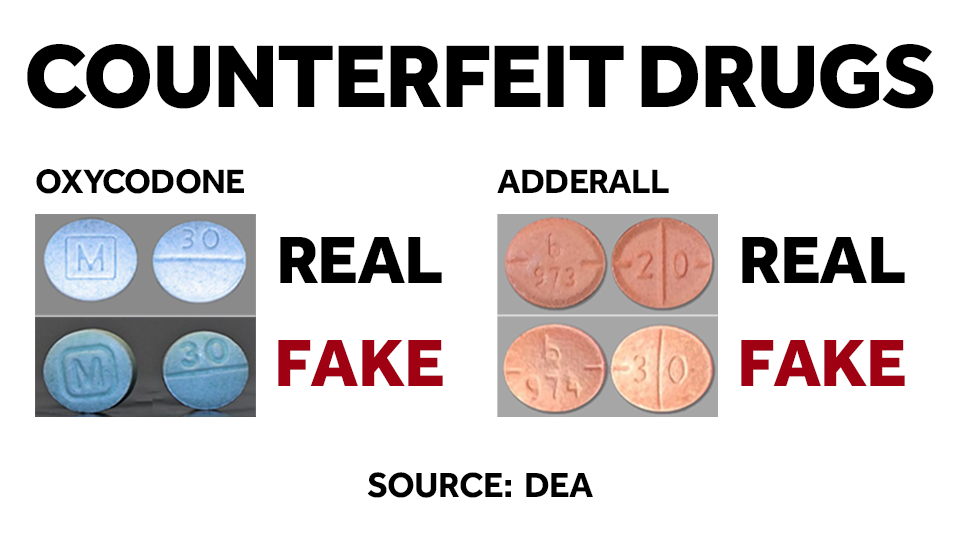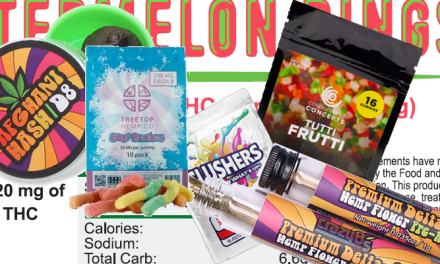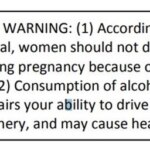Here’s a disturbing story from The Guardian:
Increase in fake prescription pills fuels record drug overdose deaths in the US
No kidding. It seems to have hit the American West and Southwest hardest, the same way the origins of the cocaine epidemic in the 1970s began with a massive influx of smuggled coke into a small number of Southeastern states. Like most contagions, it spread outwards, to the rest of America.
Epidemics have to start somewhere, I suppose. But rarely do they stop there.
In the current case, we’re confronted with a flood of fakes – principally opioid painkillers, but also benzo-fakes, for instance phony Xanax. The DEA claims that nine out of ten fakes actually do contain enough fentanyl to potentially prove fatal to the user.
According to the article, US overdose deaths number more than 100,000 annually (over 25 years, approaching a million) That’s almost three decades now that we’ve been dealing with this one problem, albeit in the form of waves. The substances and the sources may change, but the overdoses continue.
However most of the fakes now bear the grimy fingerprints of the two biggest cartels, Sinaloa and Jalisco. I don’t think we can expect much help from the current Mexican government in stopping the traffic. President López Obrador has previously said that fentanyl is really the US’s problem, not Mexico’s, and results from a decline in our society — as evidenced by the lack of hugging in American families.
I’m not making that up.
He went on to politely urge China to stop sending so much fentanyl to North America. Ignoring the role his own nation plays in producing and distributing the end product.
Of course, it may be that neither he nor his government is strong enough to take on the cartels, especially since they appear to have infiltrated both the police and the military. Who can he trust to carry out orders?
Back on topic: Fakes are so dangerous precisely because they’re already disguised to prevent easy recognition. The phony meds are so real-appearing that they’re sometimes found on the shelves of legitimate pharmacies, in packaging that’s indistinguishable from the manufacturer’s.
Intent to deceive, I believe that’s called.
The DEA has committed to a public information campaign around the theme of “one pill can kill”. Although that’s technically true, I don’t know how much impact it will have on the target audience.
It’s a problem we encountered with drug prevention talks in the past, many of which attempted to frighten young people away from drugs. They described horrific consequences that I’m sure were real. Nevertheless, in an audience of high schoolers, there would be plenty of students who knew someone who had already experimented with these same substances, yet did not suffer those consequences. And the rest knew it.
That made it easy to dismiss the warning as mere scare tactics. Which in large numbers, is exactly what the kids did.












